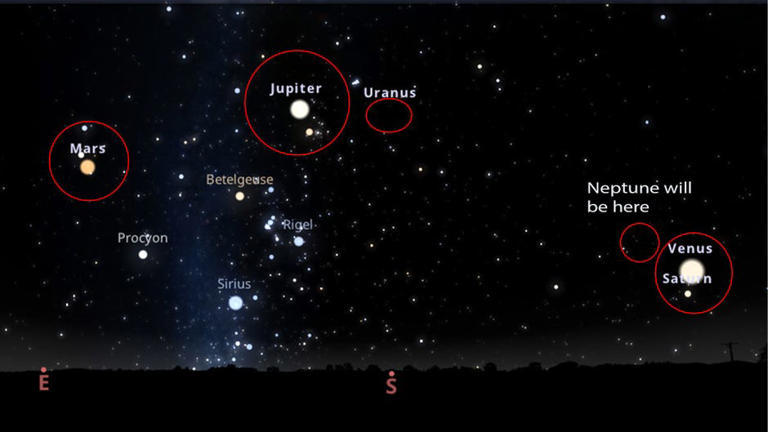
In the night sky this week you can see all 5 of the bright planets around 7 PM. Venus in the southwest, dimmer Saturn below Venus with Mercury, Jupiter overhead, and red Mars in the east. The moon will pass along these planets this week.
Venus shines in the southwest for several hours before setting. As the second brightest object in the night sky, it reigns supreme.
Saturn shines in the southwest in Aquarius directly below Venus but much fainter. If you have a telescope, this is your chance to marvel at its famous rings. The rings will disappear on March 23 due to their tilt to be viewed edge-on. Saturn will soon be lost behind the sun for a while. Catch it while you can as it heads to the horizon.
Mercury pops itself from the horizon coming to meet Saturn on the 24th of the month. Start to look around 30 minutes after sunset, binoculars will help. The little planet will actually be brighter than Saturn and to the right.
Jupiter is hanging out between the horns of Taurus the Bull next to the orange star Aldebaran (the eye of the bull). It is overhead around 9 PM. Jupiter is very bright and relatively close to Earth.
Mars is in the constellation of Cancer near the bright stars Castor and Pollux in Gemini in the east. You cannot miss it, due to its red color. The red-orange planet is high in the east, 45 degrees above the horizon around 9 PM.
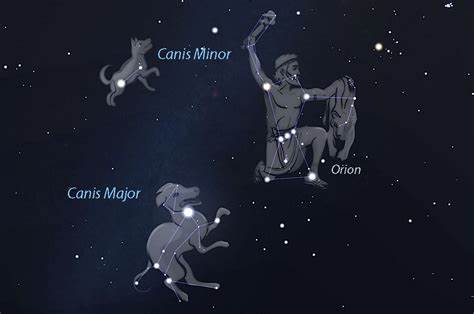
Orion, Canis Major, and Canis Minor are some of the most magical sights in the southern sky around 10 PM. It starts with Orion, the Hunter, making his grand entrance. You’ll spot his famous belt—three bright stars lined up perfectly in a row. Above the belt is Betelgeuse, a huge red star that has a warm, reddish glow, while below it is Rigel, a brilliant blue-white star that shines like a diamond. Orion is hard to miss and is often the first constellation people recognize in the winter.
Not far behind Orion comes Canis Major, the “Greater Dog.” This constellation is home to Sirius, the brightest star in the sky. Sirius steals the show with its intense, bluish-white sparkle. It’s like the sky’s spotlight! In mythology, Canis Major is one of Orion’s loyal hunting dogs, always by his side as he roams the celestial hunting grounds.
Trailing after is Canis Minor, the “Lesser Dog.” It’s a smaller constellation, but it has Procyon, a bright, cheerful-looking star. Even though Canis Minor doesn’t have as many standout stars as Canis Major, it still plays an important role in completing the picture. You can find it a bit to the northeast of Orion, lining up neatly with Sirius and the Hunter’s belt.
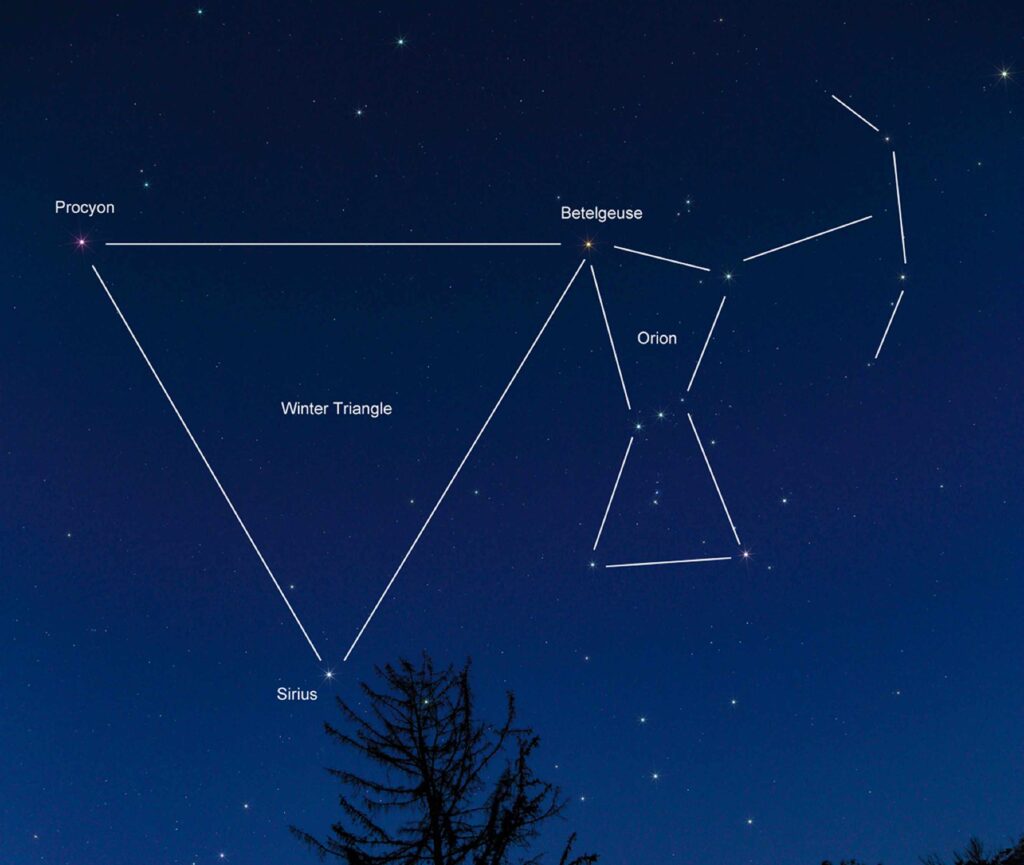
When all three rise together, they create an incredible scene. They’re part of what’s called the Winter Triangle, a big pattern of bright stars that lights up the winter night sky. It’s like a natural showcase of some of the most dazzling stars in the heavens, and once you’ve seen it, it’s hard to forget.
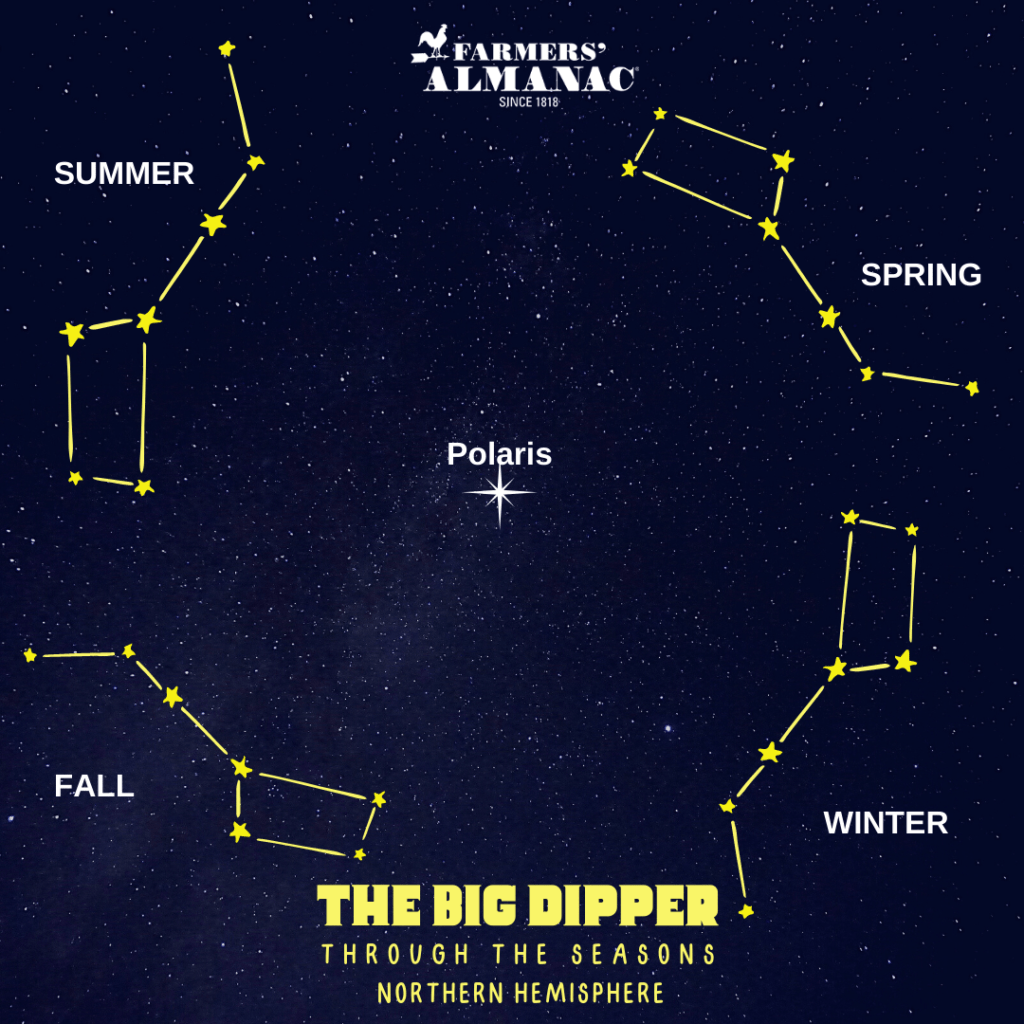
The Big Dipper in the north is standing on its handle. Look at the middle star of the handle (where the handle kinks). This star is called Mizar. If your eyes are good, you will be able to split this star into two stars. It is easy to split with a pair of binoculars.
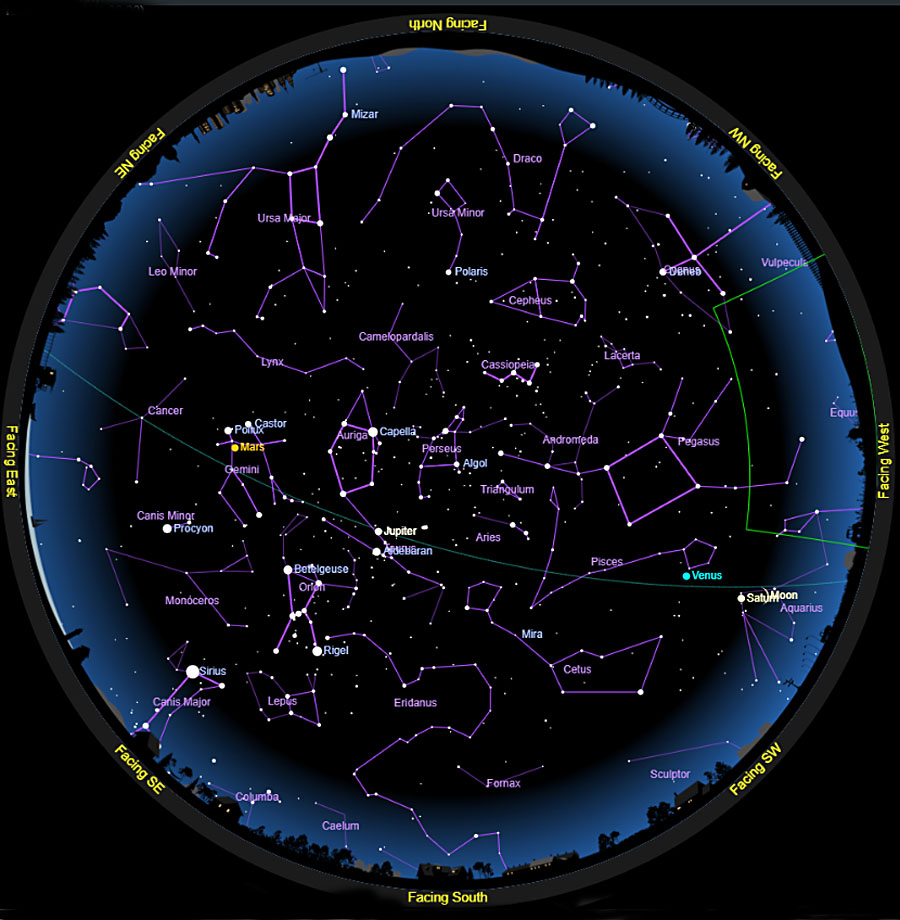
Summertime constellations are now appearing in the east before sunrise. A promise about warmer weather to come.
Enjoy this stunning celestial lineup throughout the week of February 21st! The universe has quite a spectacle in store for us.
